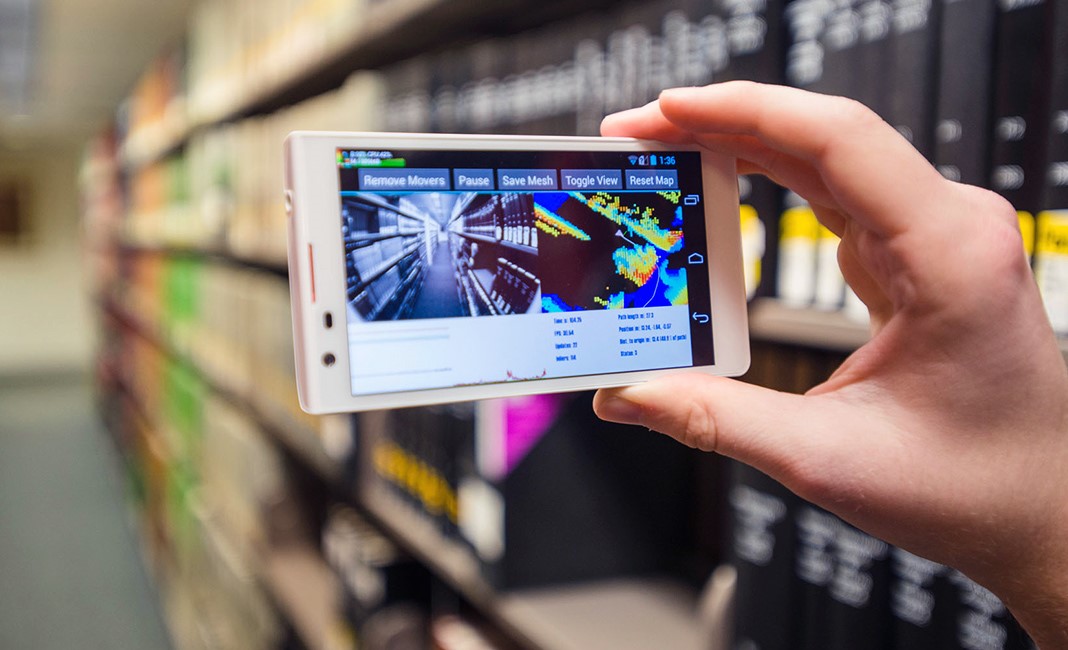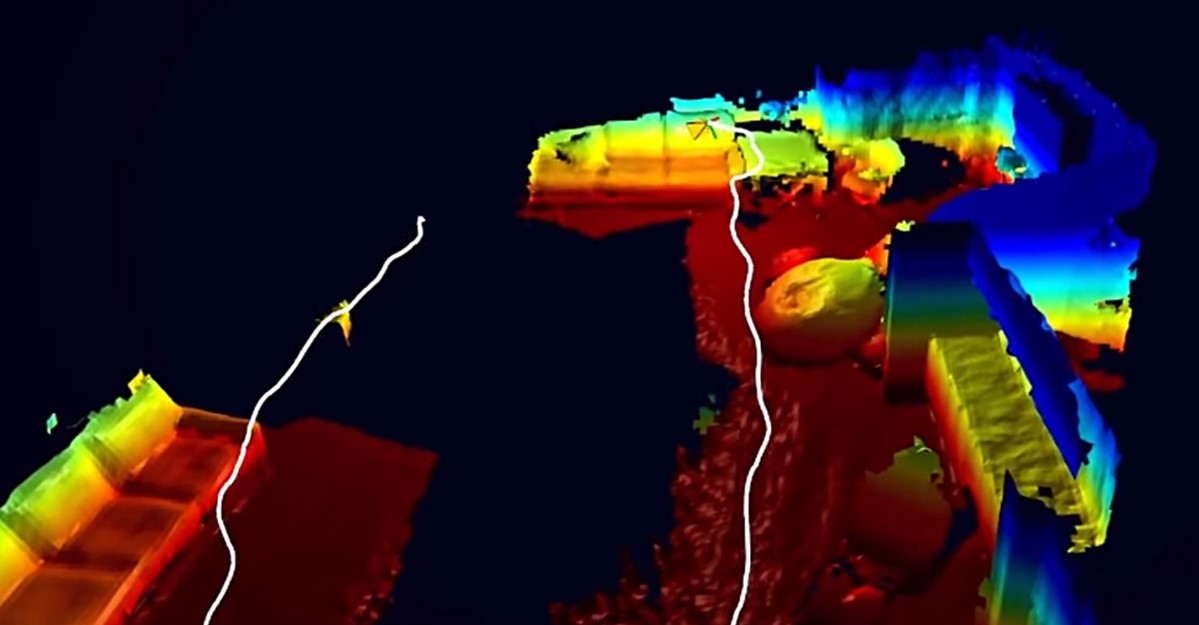
Back in 2014, Google began crowdsourcing developers to help in its ambitious journey of using computer vision to scan building interiors and digitally recreate the physical world in marriage between 3D virtual reality and augmented reality.
Tango , as the project is called, aims to endow Android devices with spatial perception, by using advanced computer vision, image processing, and special vision to measure a physical space, and digitally recreate it in high-resolution. Two years later, Google is ready to discuss its progress at this year’s Google I/O developer conference taking place later this week near its Silicon Valley headquarters.
Here's everything we know leading up to the event:
Google envisions Project Tango as a platform that will enable developers to construct applications and services like digitally-guided museum tours, augmented reality maps, video games, and much more. By capturing interiors, developers are free to create augmented reality and virtual reality experiences based on real-world spaces and locations. Helping to facilitate this movement, interior maps plotted with Tango can be crowd-sourced, just like Google Maps, and tie into Gmail, Calendar, and Photos, as well as other location-based advertising services for monetizing.

“Project Tango brings motion tracking, depth perception, and area learning to mobile devices,” the company writes on its website. “Thousands of developers are building experiences that do things like finding your way around, measuring your world and walking through stories.”
As a self-contained Android-based solution, Tango is compatible with smartphones and tablets. The initial number Tango-ready device is limited to a new series of Lenovo phones set to launch sometime this summer. The device’s specs are unknown, save for that it'll have a 6.5-inch screen, cost about $500, and has more 5,000 developers working on future apps.

Although the technology sounds incredibly exciting, the fact of the matter remains that experiencing augmented reality through a camera lens, and by extension, a mobile device screen, is very limiting. Exciting though the technology may seem, this could spell a significant challenge for Google.
Using smartphone-based augmented reality is contingent upon looking though device's screen, and by extension, its camera—an overall inconvenient experience. Were Google to leverage Tango as a means of marketing its Google Glass 2.0, then we'd be looking at a much more consumer-friendly device, especially if Glass 2.0 uses a discrete-looking frame.
Tango may also provide Google with a means of competing against Facebook's Oculus Rift, seeing as how little external gear is required to use the software in comparison to the Oculus: Oculus requires a massive headset, external computer, and separate sensors set-up within the space; Tango is self-contained on a single device—and possibly—the Google Glass 2.0. All in all, the Oculus is immobile, while Tango screams mobility. Stay tuned for upcoming Google I/O for more information.
Source: Google via Bloomberg and SearchEngineLand
Advertisement
Learn more about Electronic Products Magazine





